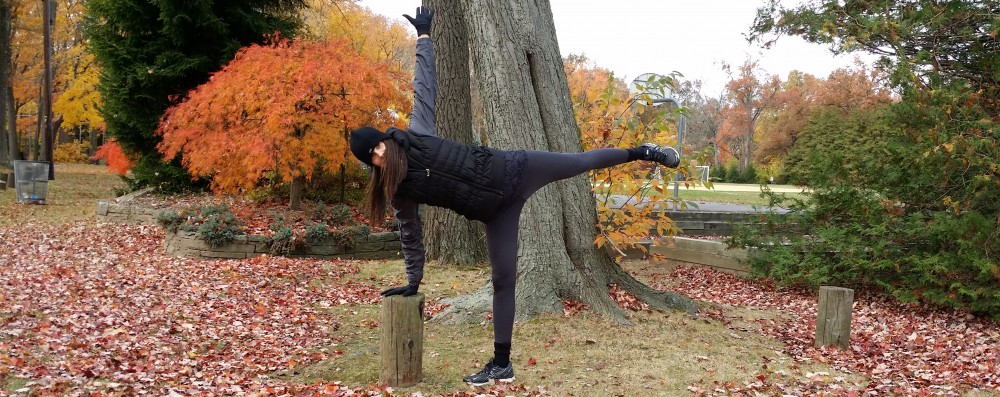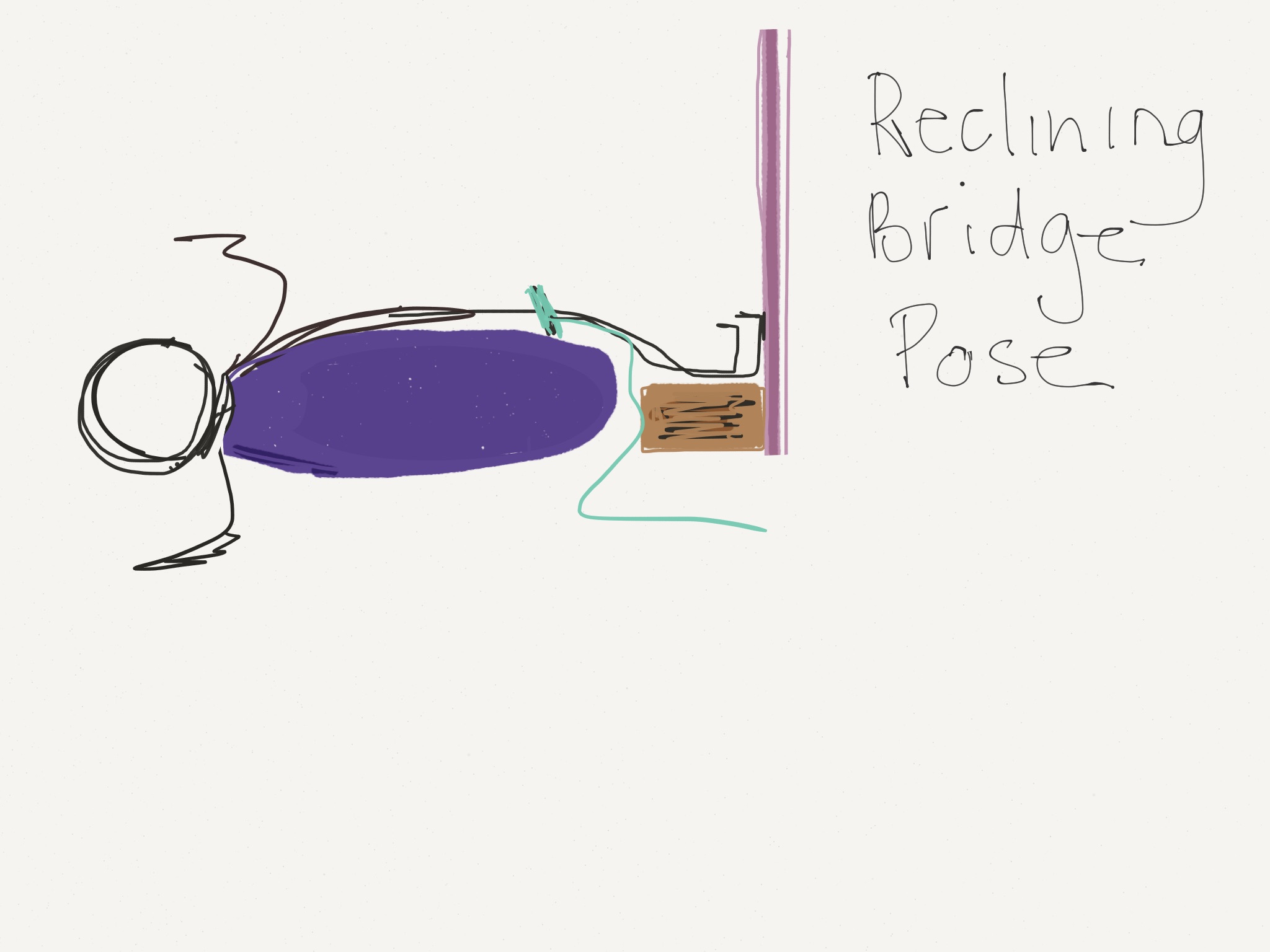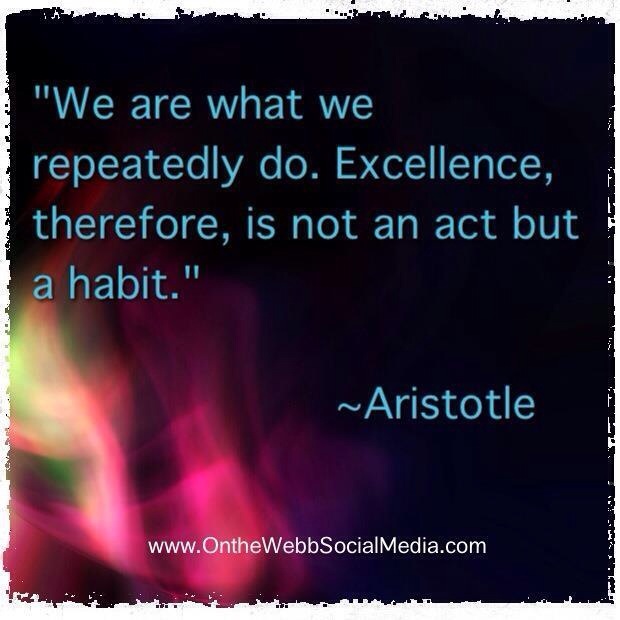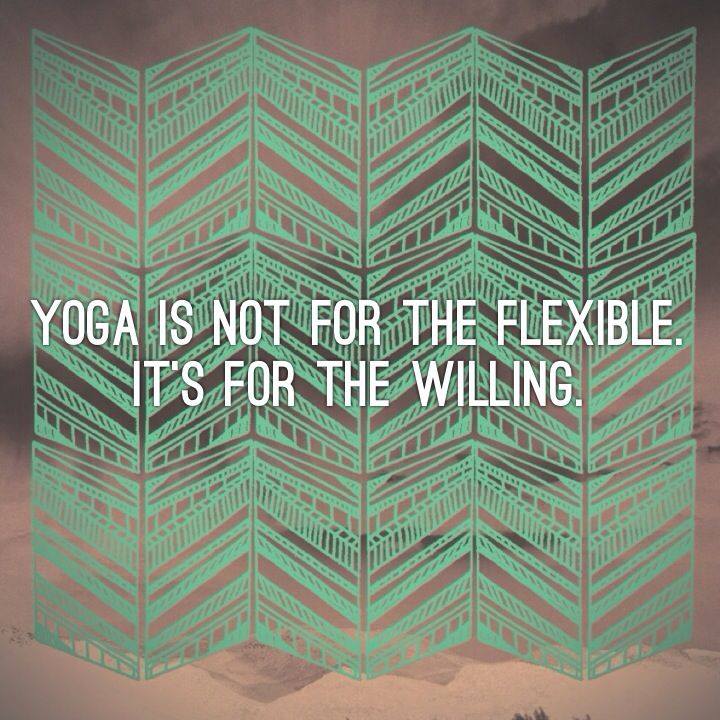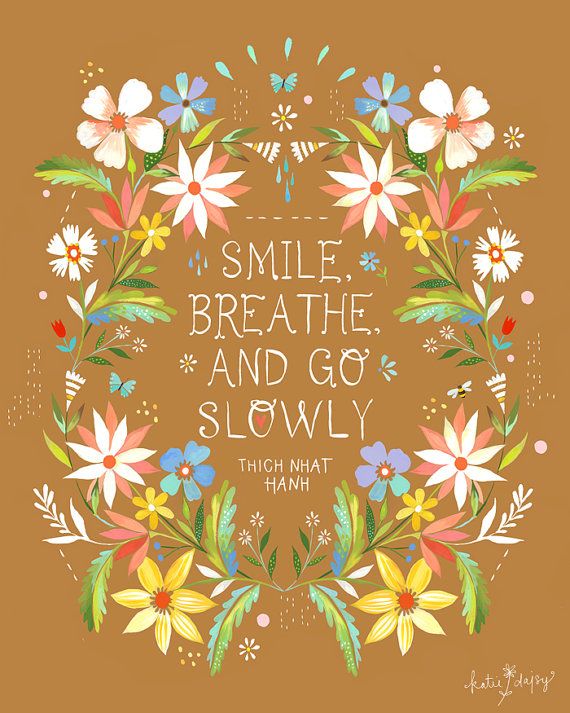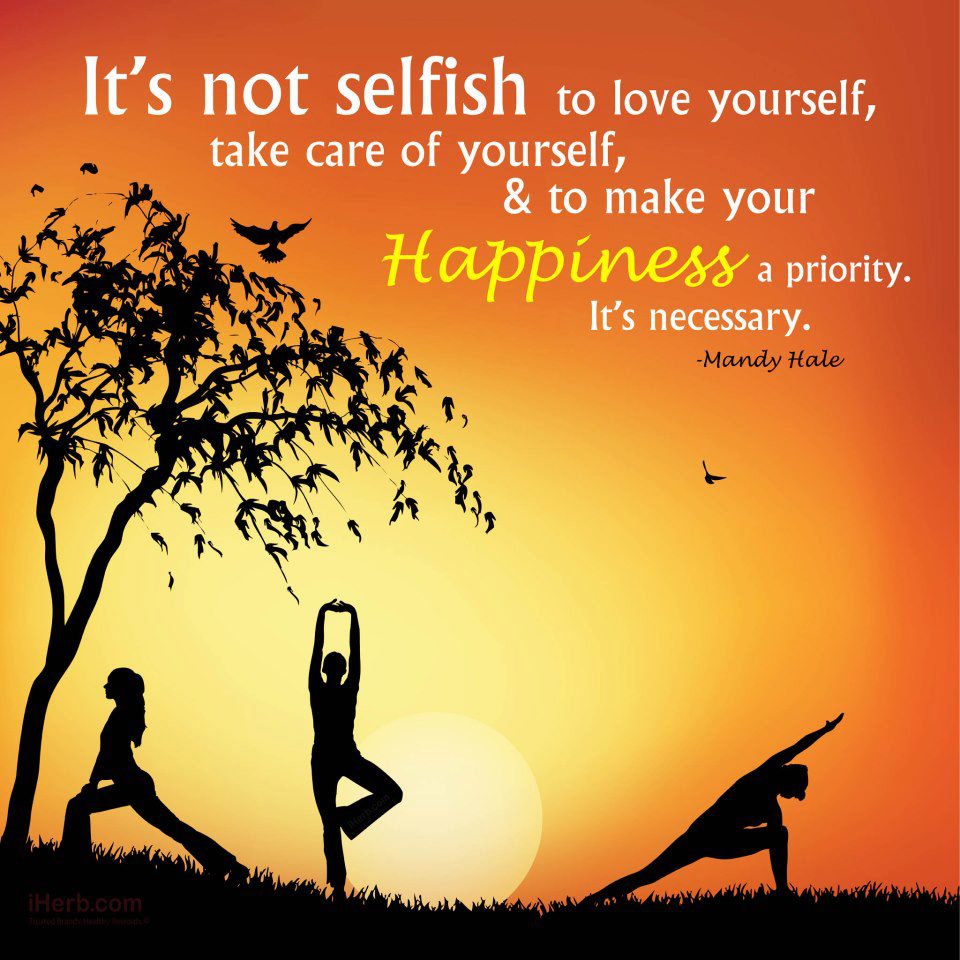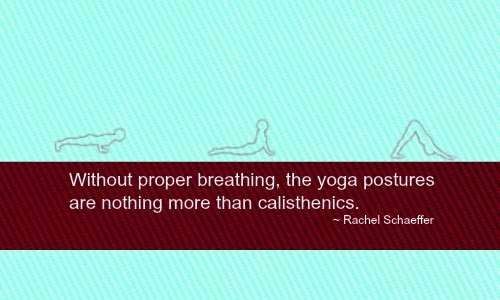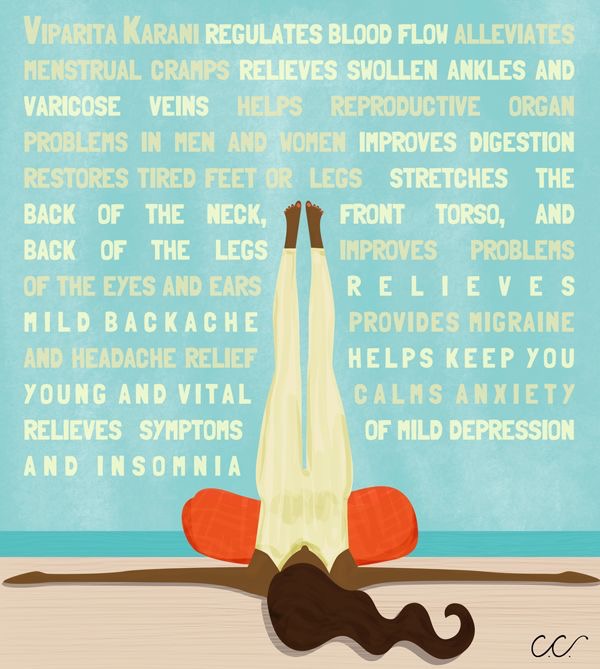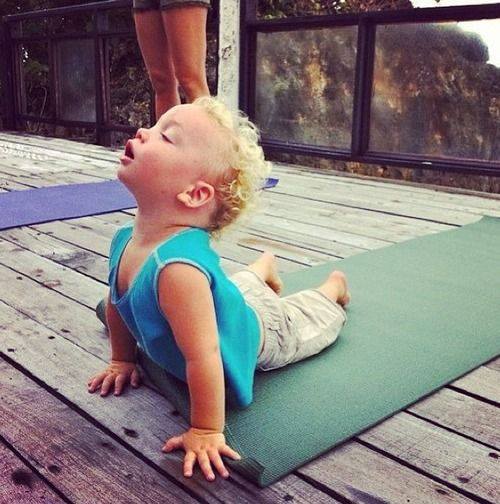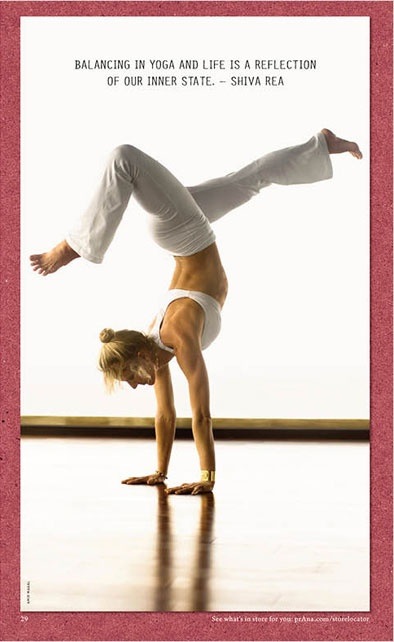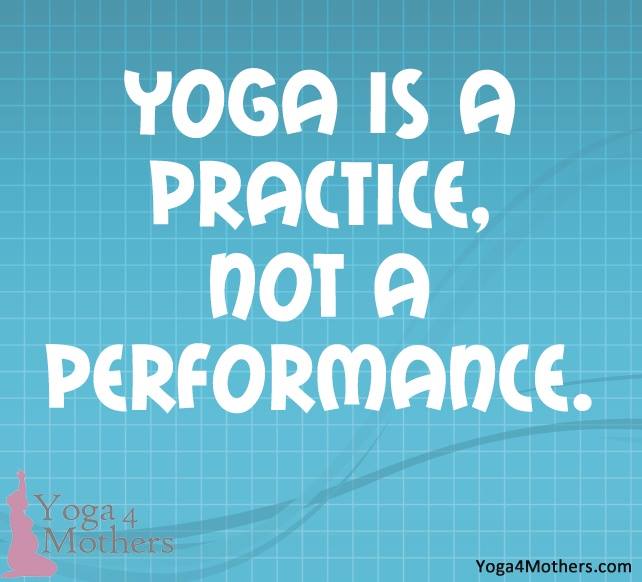Defuse Anxiety With Yoga Practice
Are you anxious or irritable? Do you feel emotionally vulnerable or prone to mild depression? If you are nodding here, then you may want to read on.
Setu Bandha Sarvangasana (Supported Bridge Pose)
In this variation of setu bandha sarvangasana, the supported expansion of the chest helps to stabilize the chest and calm anxiety. It is a backbend, and because the heart is above the head, it is also considered a mild inversion.
Benefits
This is a pose that helps you rest, and quiet the brain. It can also help to relieve diarrhea, and stabilize the thyroid and parathyroid, as it engages the chin lock. The open chest helps you to access a relaxed breathing pattern. It can therefore be practiced prior to a formal pranayama practice or as a restorative pose at the end of an active session.
How to practice
Set up a bolster on the floor, not a mat, at a right angle to a wall, in such a way that when you stretch out over it, the top edge of the bolster is at your lower rib area and your feet touch the wall. Place an upright yoga block against the wall for your feet in line with the center of the bolster. Sit on the edge of the bolster, close to the wall. Secure a strap on the top thighs to help the abdomen staff soft, and compact the hips. Curve your torso back over the bolster so the shoulders and back of the head are on the floor ( you can always have a thin blanket under these areas). Allow the soles of the feet to touch the wall.
Roll the shoulders back and down and the upper arms out, palms up. Breathe smoothly. When the breathing is quick and choppy, it is a sign of alert and anxiety. When the breath is calm, mind quiet, thoughts quiet, these feelings can be diffused, and peace can set in.
To come out, bend the knees, feet to floor, beside bolster. Remove the strap, and let the lower back settle. Tip: Not a wise posture if you have a herniated disk.
